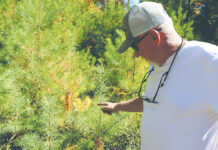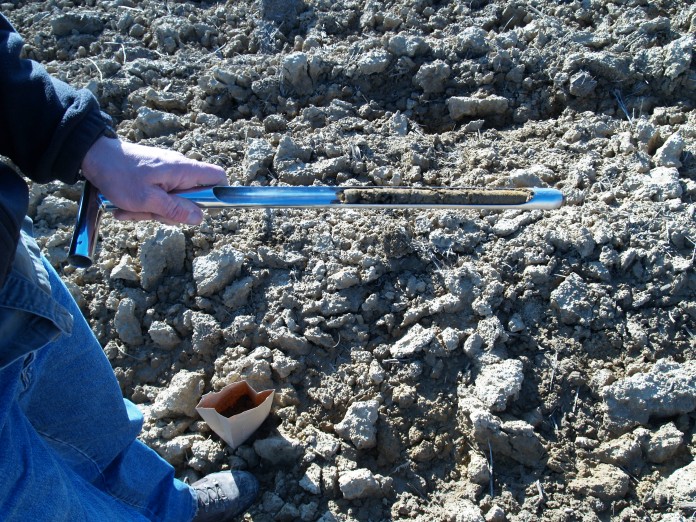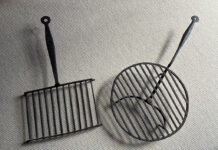Much of the area has or will receive a killing frost, putting an end to grass growth for 2023, and limiting livestock grazing. I’ve visited with a few beef farms in the last few weeks to discuss cattle production, pasture growth and overall management. In each of these visits, soil sampling has been a topic of discussion. If you have fields in need of a soil sample, now is an ideal time to complete this task.
Why soil testing?
Your extension professional or agronomist can provide nutrient “book values” for crops on your farm, but a current soil test (within three years) is much preferred. The old saying “Don’t guess – soil test” still holds true today.
Soil testing is relatively easy to complete and provides you with the information needed to grow high-yielding crops to maximize yield and livestock performance. The overall goal is to determine which nutrients — and quantities — are needed to maximize crop performance and minimize environmental impacts.
Before sampling
Before starting the process, assess your fields. Are there changes in topography, soil type, growth, a history of manure applications or other factors you know might impact yield? If so, it’s best to sample these areas separately. If everything is uniform and consistent, there may be no need to sample separately.
Taking soil samples
Taking a representative sample to send to the testing laboratory is critical. Consider that an acre furrow slice is the volume of soil in the top six to seven inches of soil across one acre and weighs approximately two million pounds. When soil sampling, you are attempting to collect enough random samples to accurately reflect the field.
Follow these recommendations to collect accurate soil samples:
• Collect a minimum of 15 sample cores and limit the sampling area to 25 acres. Follow a zig-zag pattern as you collect samples. Place individual cores into a clean bucket.
• Maintain a consistent sampling depth. Doing so helps to improve the accuracy of the results and will provide the best data to make a recommendation.
• Remove stones, debris, or other material from the sample prior to mailing.
• Avoid areas where fertilizer may have spilled, livestock were watered, hay feeding areas, along old fence rows, etc.
• Thoroughly mix each of the core samples and place in the shipping bag supplied by the lab. Be certain the soil is dry before shipping.
Interpreting the results
The soil testing lab will provide you with an analysis of the soil submitted. Based on nutrient content, soil pH, previous crops, and intended crop, you will receive recommendations for lime — if needed — and the addition of fertilizer. Should you have questions, contact your Extension professional or agronomist.
The importance of lime
We can’t discuss soil sampling without mentioning the importance of lime on plant production. As mentioned, your soil test report will determine whether the addition of lime is necessary.
If recommended, lime must be applied to correct soil pH and maximize nutrient uptake. When allocating money in your soil fertility budget, make sure to spend the money to apply the lime necessary to correct soil pH before applying fertilizer.
For more information on this topic, consult your local extension professional or agronomist, and check out the soil fertility resources available from OSU Extension at agcrops.osu.edu/FertilityResources.
(Chris Zoller is an agricultural extension educator and county Extension director in Tuscarawas County, and a member of the OSU Extension DairyExcel team. Questions or comments can be sent in care of Farm and Dairy, P.O. Box 38, Salem, OH 44460.)












